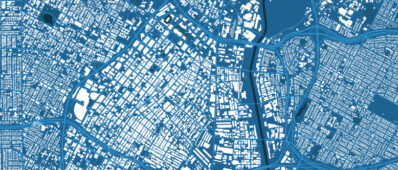Abstract
Consider a consumer who can choose to travel on a congestible fast mode or on a congestible slow mode. Users who most value time will use the fast mode. A toll on the slow mode can induce some people who initially use that mode to switch to the fast mode. A toll on the slow mode with revenue not returned to users then necessarily reduces the welfare of all users. A toll on the fast mode may raise aggregate consumer surplus.



